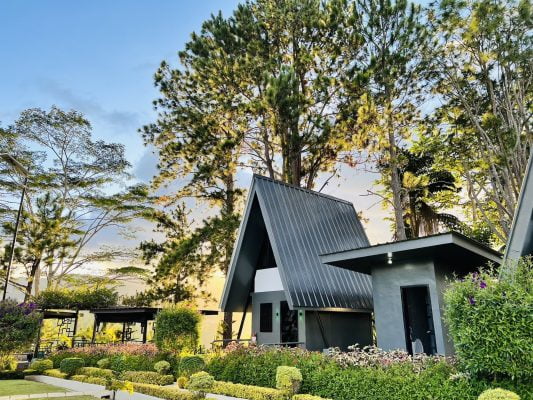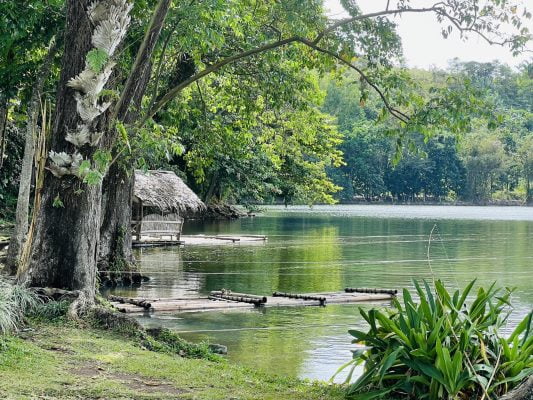
Situated close to the tip of Northern Luzon, Apayao is a landlocked province made of vast plains and diverse flora and fauna. The province is an emerging tourist destination, especially now that eco-tourism has become almost synonymous to Philippine tourism. Apayao offers endless possibilities for the tourist who wants to explore the roads less traveled.
Apayao is part of the Cordilleras, bordered by Ilocos Norte and Abra to its west, Cagayan to its north and east and Kalinga to its south. The province is mostly accessed through Ilocos Norte or Cagayan, depending on the mode of transportation and the direction the visitor is coming from.
The recent boom of ecotourism has placed Apayao in the tourist map of the Philippines. Although there are plenty of untouched forests, rivers, lakes and caves, Apayao’s government is promoting two main attractions to the public: the Lussuk caves in the town of Luna and Bacut Lake in Santa Marcela.
Lussuk Caves
The Lussuk caves of Luna offer stunning views of rock formations but what makes it special are the crystals that are embedded on its walls. There are no commercial tours around the cave and tourists need to find a local who can point them in the right direction or serve as their guide.
Bacut Lake
Bacut Lake in Santa Marcela is a unique lake that has an islet in its middle. The scenic lake is home to diverse plants and animals that thrive in the almost virgin environment. The area around the lake has remained unspoiled by tourists, therefore making it a perfect place to pitch a tent, tie a hammock between trees and unwind. The lake is ideal for fishing, boating and kayaking.
More Attractions
Other natural wonders in the province include the Apayao River, the Marag Valley viewpoint and Anag-sika-po wildlife sanctuaries. And then there’s the undiscovered Maton Underground River.
Aside from ecotourism, Apayao also has something to offer to travelers who are interested in history. Considered as one of the earliest settlements of the Spanish friars in the Philippines, one can find a lot of old churches reminiscent of the olden times. In fact, the ancient Spanish Church in Pudtol is considered as one of the oldest in the entire country.
Apayao is an agricultural province and this translates to good food straight from the fertile lands. The entire Cordillera Administrative Region has plenty of delicacies being offered all throughout. One of these delicacies is the binatog, a mixture of white corn kernels, shredded coconut and sugar. This is a favorite among the young and old and is perfect for an afternoon snack. The region is also famous for its peanut brittle, which is made from locally grown peanuts or cashew nuts and caramelized brown sugar. It is a sweet treat that visitors often buy as pasalubong (take-home goodies).
Being a province rich in natural resources and untapped ecotourism potential, Apayao is a surprise only waiting to be uncovered. It’s only about time that this poor province finds its wealth in its lush forests, enchanting rivers and intriguing caves.
Traveling to Apayao Philippines? Click here for Travel Agencies






